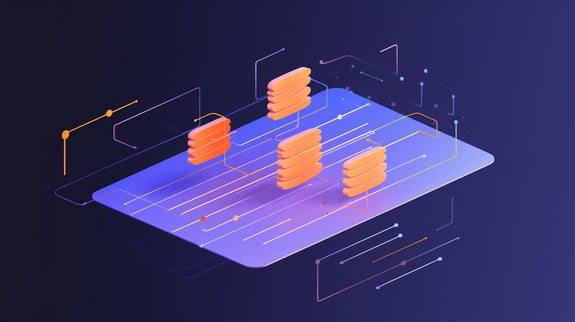No doubt, 2023 was a banner year for AI. Professionals in every industry used AI to make their work easier and accomplish more. Even as lawyers enjoyed the benefits of legal AI, there was still some fear about what that might mean for the future. Earlier in 2023, Goldman Sachs published a study that said 44% of legal jobs will be replaced by AI, stirring up old fears that AI will eventually eradicate lawyers. And while AI can’t replace human lawyers, legal AI does make an excellent assistant.
Legal AI might not have the actual intelligence of a lawyer, but it is capable of processing massive amounts of information in a fraction of the time it would take a stressed junior associate (even after three shots of espresso), while also picking up on patterns and trends more quickly.
What lean in-house teams can gain from legal AI
Your job description is full of tedious, manual tasks like researching, writing, reviewing, and approving. But it doesn’t have to be. Legal AI can help make your load lighter by:
- Categorizing your agreements by type, clauses contained, dates, and a bunch of other contract metadata points, ie Smart Values
- Automating parts of notoriously tedious contract processes (like contract review) and delivering deeper insights
- Predicting trends and spotting anomalies within your contracts and documents so you can always be aware of what’s going inside your contracts
In-house teams can make a significant dent in their to-do list with the help of AI, which operates in a supporting function while you focus on brain work. It helps you to reduce risk, scale your business, and save your team much-needed time.
Avoiding the pitfalls of AI
Of course, legal AI is not the remedy for every legal problem. Using AI doesn’t automatically guarantee a good outcome. While AI can automate most legal processes, it can still make consequential mistakes. This is why it’s a good idea to always have a human review the outputs.
Some of the major pitfalls of AI come about when users assume legal AI is an infallible cure for all these issues. When this happens, users are less likely to verify the outputs of the software, and also tend to be more shortsighted about future regulatory implications.
Here are some ways to avoid these pitfalls.
Verify, verify, verify
The rulebook on legal ethics states that lawyers need to verify all the work produced by nonlawyer assistants as if it came from you. This applies to AI, too. Don’t assume that because it’s capable of complex calculations in a short time that AI is accurate. Always have a human to verify AI output — especially for generative AI tools that sometimes hallucinate.
Anticipate regulatory shifts
While AI has been around for a while, generative AI is still relatively new. As a result, there aren’t any consistent or broadly applicable regulations around it. But this might not always be the case, especially if potential data privacy implications start to arise. Anticipate potential regulatory shifts and create AI policies that govern how you use it in-house.
Vet AI vendors
As exciting as generative AI is, it’s crucial to do your due diligence and be selective about your AI service provider. Rather than jumping blindly on a popular trend, be sure to vet legal AI vendors thoroughly to ensure they’re actually providing value. Also, be aware of how they are using AI and how that might factor into future shifts.
Takeaways
In-house teams stand to gain a lot from adopting legal AI. By organizing and automating the bulky, time-consuming parts of your processes, legal AI can give you what you need to work smarter, make data-driven decisions, and have time to innovate. Now’s the time to take advantage of the power of AI. Deputize legal AI to do your grunt work and put more time back in your day in 2024.

Subscribe to the LinkSquares Blog
Stay up to date on best practices for GCs and legal teams, current events, legal tech, and more.


